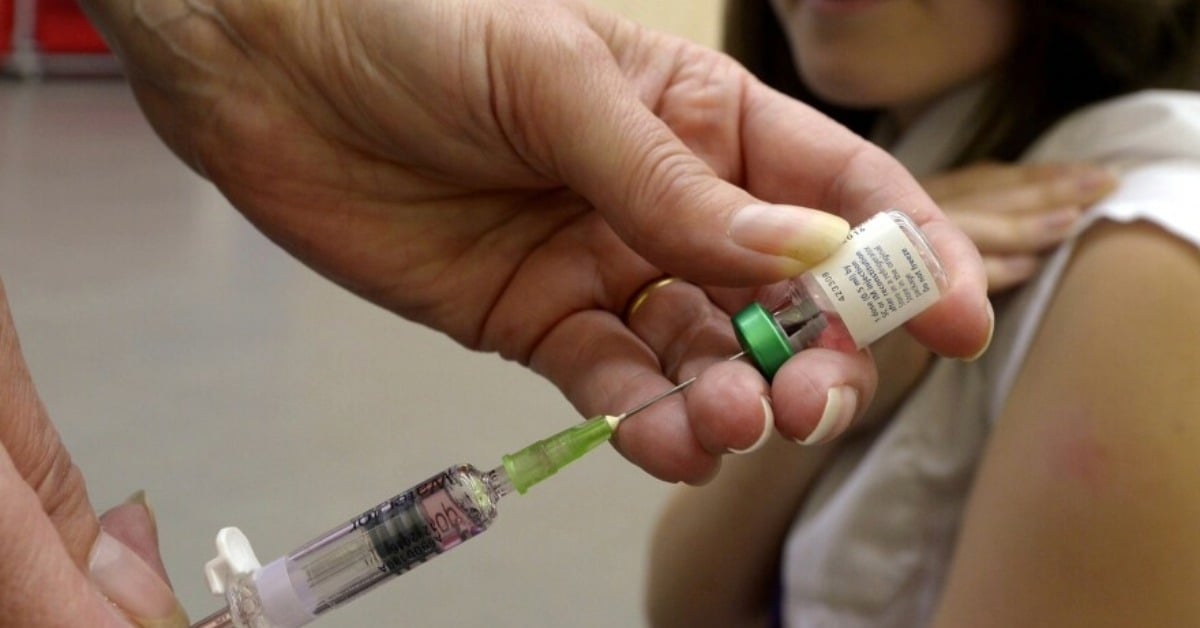Confronted with its worst measles outbreak in decades, Mexico’s government has set an ambitious goal: to eliminate all measles cases in the country by this November . . .


Confronted with its worst measles outbreak in decades, Mexico’s government has set an ambitious goal: to eliminate all measles cases in the country by this November . . .
